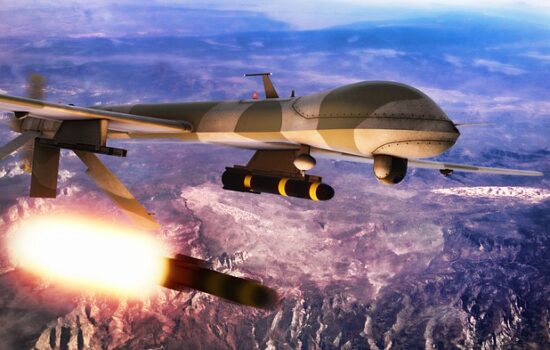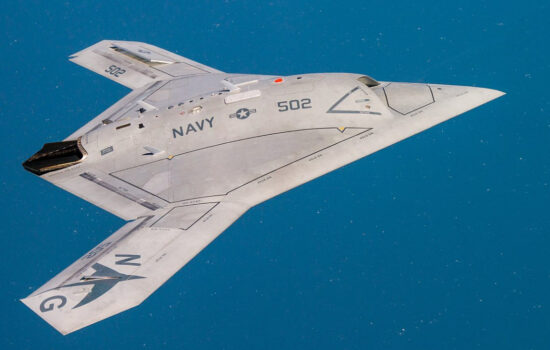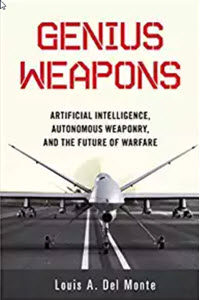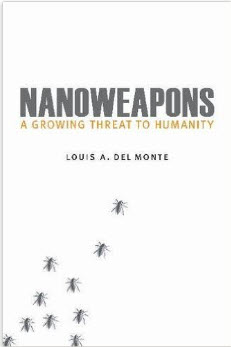This scenario is intended to illustrate the role artificial intelligence will play in the near future. Please let me know if you like it, and …
Featured Posts

Scenario: The North Korean Incident 2025
Posted on July 14, 2021
This scenario is intended to illustrate the role artificial intelligence will play in the near future. Please let me know if you like it, and …

What Would Happen If The US And Russia Engaged In A Full-Scale Nuclear War?
Posted on July 1, 2021
This is an excerpt from my new book, War at the Speed of Light. Enjoy! According to the US Congress’ Office of Technology (OTA) study …

Do Supercomputers Feel Emotions?
Posted on June 21, 2021
This is an excerpt from my book, The Artificial Intelligence Revolution. Enjoy! Affective computing is a relatively new science. It is the science of programming computers …

The Artificial Intelligence Revolution – Introduction
Posted on June 16, 2021
This excerpt is the introduction from my book, The Artificial Intelligence Revolution. Enjoy! This book is a warning. Through this medium, I am shouting, “The …

Scenario: The Beginnings Of Modern Drone Warfare
Posted on June 11, 2021
This is a scenario that depicts the beginning of modern drone warfare. Please let me know if you like these fictional scenarios, which illustrate the …

Directed Energy Weapons
Posted on June 6, 2021
This is an excerpt from Chapter 1 of my new book, War at the Speed of Light. Enjoy! The devastation of war is always about …
Explore & Connect
ARCHIVES
Get New Posts By Email
Louis A. Del Monte’s Latest Book

War At The Speed Of Light: Directed-Energy Weapons and the Future of Twenty-First-Century Warfare
Contact Louis A. Del Monte
Get More Information or Book Him Now
Keynotes - Workshops - Consulting
P: 951-261-4532
E: ldelmonte@delmonteagency.com












STAY CONNECTED